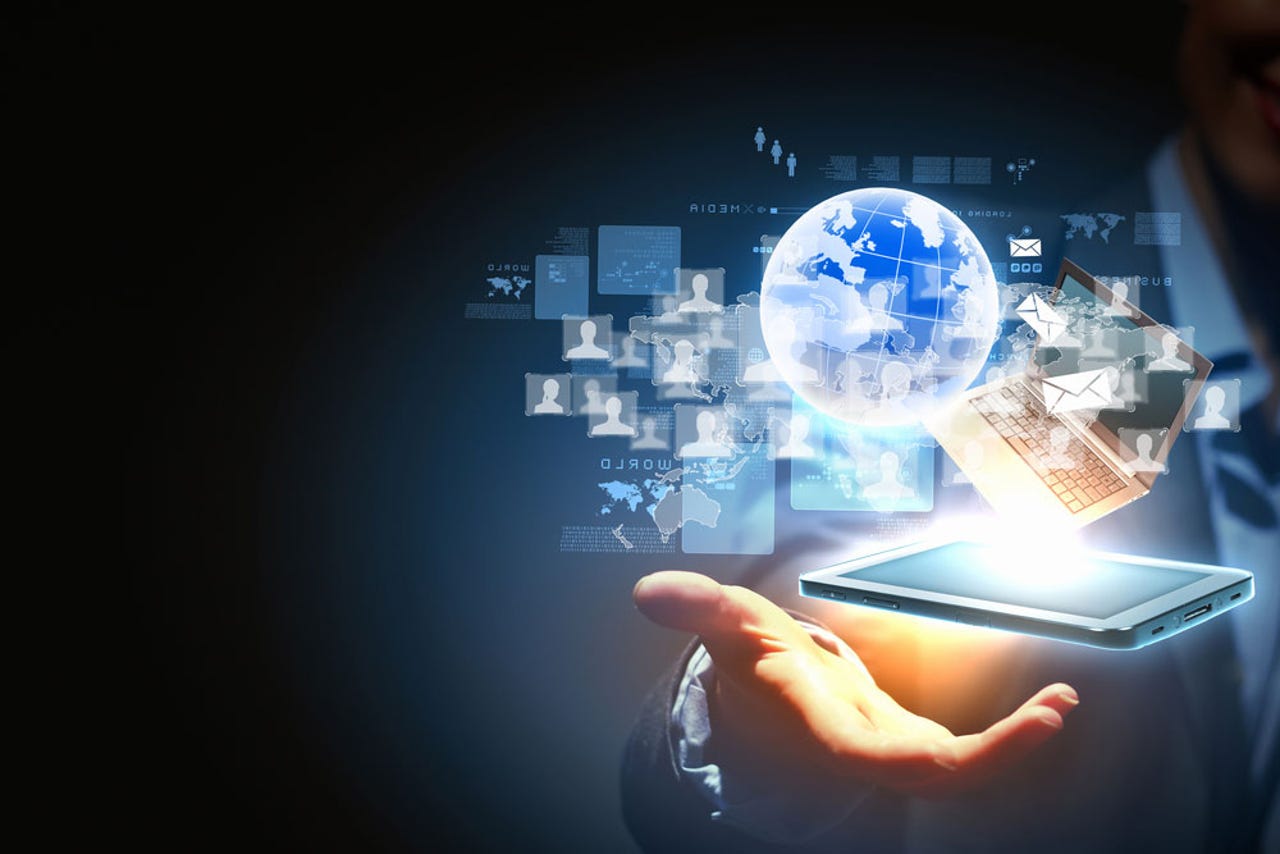The consumer cloud

Instead, in a hyper-connected world, where mobile customers talk to each other and the rest of the world on Facebook and the like, retailers wanting to stay competitive need to be ahead of the customer. They need to understand the customer's buying patterns and values on an individual level, and build profiles using data from multiple sources, and analytics to generate meaningful, actionable information.
This will allow them to deliver a seamless experience not just in their high-street shops but across all channels, especially social media, and on all hardware platforms.
The Economist, in its Retail 2022 report, expects the trend of mobility and the number of mobile transactions to continue until it becomes entirely mainstream. At the same time, Accenture's report, New Era for Retail, points out that retailers are already starting to deliver immersive, context-based services using data from a range of sources including social media such as Twitter and Facebook.
Some examples include delivering information to shoppers about items they examine or scan the QR code of - such as sizes available, the opinions of others, and so on - and then making real-time offers. Retailers are using data from a combination of sources - including customer locations as transmitted by mobile phones, as well as social media. This data is then processed using cloud services, particularly analytics, exploiting cloud's advantage of fast development, scaling, and delivery - and its ability to integrate data from a range of sources.
Behind many of these developments is the Internet of Things (IoT). The phenomenon of connected things is not that new - RFID tags have been around for decades - but add NFC technology as found in contactless cards and many newer phones, and customer targeting can become tighter than ever.
What is new is the hyper-connectedness of those things in the IoT. Ultimately, the inter-connectedness of this growing number of products will allow consumer devices to make decisions that are not at first glance obvious. But given that many of those decisions will involve purchases, retailers should be and are embracing this exciting new world.